Your resume should grab an employer’s attention when you are looking for work and make it easy for them to scan through the most important details. A reverse chronological resume is an effective way to present a candidate’s work history in a clear and concise format, making it easier for employers to assess their qualifications and make hiring decisions.
However, if you decide to use this format, you must learn how to create it correctly. This article will provide information about the following:
- What is the reverse chronological format?
- Key sections of the resume
- Templates
- Pros and cons of using this resume format
What is the Reverse Chronological Resume Format?
A reverse chronological format displays your academic and professional experiences in reverse-chronological order. It indicates that the document lists all of your previous jobs in chronological order, beginning with the most recent one you held.
The last entry on the list will be your first job. This format has become very popular and is the most common type of resume people use, and people in hiring departments are used to this format.
Besides that, employers can easily see someone’s professional development or career progression, as it provides a clear timeline. This format is more contextual to the position you are applying for, which makes a great impression on recruiters.
When Should I Use this Format?
Even though you can use the chronological resume in different situations, there are some scenarios when you should choose another option.
When to use chronological resume:
- When you have many years of professional experience in different companies.
- When you have a stable career progression with a steady path.
- If you do not have gaps in your career.
- When you want to highlight your current position.
When to avoid chronological resume:
- When you have no or little work experience.
- If you want to highlight some of the earlier positions and experiences in your career.
- When you have any gaps in your work experience.
Essential Sections of a Chronological Resume
The information you add to your resume is the most critical aspect of the document, which is why this article will cover all the main sections of a resume.
You can also add additional information, but here is the structure that should be the core of your document:
Your full name and current job title
The first part of any document is the header, which should include your full name and current job title. Although there are many differing opinions on the subject, writing the title of the position you are applying for will only make you appear overconfident.
Contact information
You must add basic contact information underneath the heading, including an address, email, phone number, or social media links. Ensure all the information is professional and current so that the hiring manager can easily contact you and discuss the position.
Personal statement
The personal statement is an introduction that gives recruiters a glimpse into your best qualities and suitability for the job opening. A personal statement can either be a summary or an objective statement. A resume summary showcases previous experience, making it great for people with at least two years of experience. On the other hand, a resume objective focuses on skills, making it ideal for people without work experience.
Work experience section
This section is the core of a chronological resume. It should contain detailed information about the positions you held in a structured and chronological manner.
Here are some of the rules you should follow when writing about your work experience:
- Only include professional experience relevant to the position you are applying for.
- Start with your latest (current) position and continue by listing your previous positions in reverse chronological order.
- Include the job title, company name, dates of employment, and other relevant information for each position.
- Make the section easy to read and use bullet points. Use an average of five bullets per position.
- Include action verbs in your bullet points, like managed, organized, led, aligned, hired, cultivated, directed, etc.
- Focus primarily on duties and achievements instead of responsibilities.
- Demonstrate the impact of your work.
Education section
Like the work experience section, you should start with the latest educational achievements. Depending on your level of work experience, your education section can be longer or shorter.
If you have more than a couple of years of work experience, list only essential information, like:
- Information about the subject you majored in
- Degrees
- Year of graduation
- Name of Universities
In case you do not have two or more years of experience, you can include more information, such as:
- The minor you studied
- Student exchange programs attended
- College honors
- Coursework
- GPA
- Awards
Skills section
Every type of resume needs to include your skills. You can list them by relevance or alphabetically; both options are good. Naturally, all the skills you list should be relevant to the position.
tip
Make a list of your soft and hard skills. Take the time to read the job description to see what the employer is looking for. Then you must compare your list of skills with the skills required by the employer in the job description. It is essential to include all the skills required in the job description.
Additional sections
You can extend your resume to an additional page if you need more space for additional sections to highlight the unique value you can offer, but it is best to keep it concise. Additional areas supplement your experience and skills section and are especially useful if you do not have much work experience.
However, you should not add any additional information if it does not help the recruiter determine whether you are a suitable candidate for the position. Here are some of the things you can mention:
- Volunteering experience
- Research experience
- Publications
- Awards
- Certifications and licenses
Reverse Chronological Resume Structure
[Full name]
[Current position]
Phone number: [insert information]
Email: [insert information]
Social media links: [insert information]
Resume profile
A forward-thinking (job title) with a strategic approach and result-based mindset with 5+ years of experience in the field. I am eager to join (company name) and help inspire and lead the sales team into new markets and impress your customers.
I have exceeded sales goals by over 15% at my current position while managing a team of a dozen associates, leading to a $125K revenue increase.
Employment History
[Job position] [start of employment – end of employment] [Company name] [city name and state]
Insert duties and responsibilities.
Insert duties and responsibilities.
Insert duties and responsibilities.
Key achievements:
Insert key achievements.
Insert key achievements.
Insert key achievements.
Education
[Degree name] [Field of study] [Graduation year(optional)] [University name]
Courses (optional):
Insert most relevant courses.
Insert most relevant courses.
Insert most relevant courses.
Academic achievements (optional):
Insert achievements for [specific degree].
Insert achievements for [specific degree].
Insert achievements for [specific degree].
Extracurricular activities (optional):
Insert extracurricular activities you participated in during this time.
Insert extracurricular activities you participated in during this time.
Insert extracurricular activities you participated in during this time.
Awards (optional):
Insert noticeable awards [name of the award] [given by] [date].
Insert noticeable awards [name of the award] [given by] [date].
Insert noticeable awards [name of the award] [given by] [date].
Skills
Hard skills:
Insert relevant skills.
Insert relevant skills.
Insert relevant skills.
Soft skills:
Insert relevant skills.
Insert relevant skills.
Insert relevant skills.
Interests (additional section)
Insert interest.
Insert interest.
Insert interest.
Insert interest.
Publications (additional section)
Insert relevant publications.
Insert relevant publications.
Insert relevant publications.
Insert relevant publications.
Free Templates
Given below are reverse chronological resume templates:
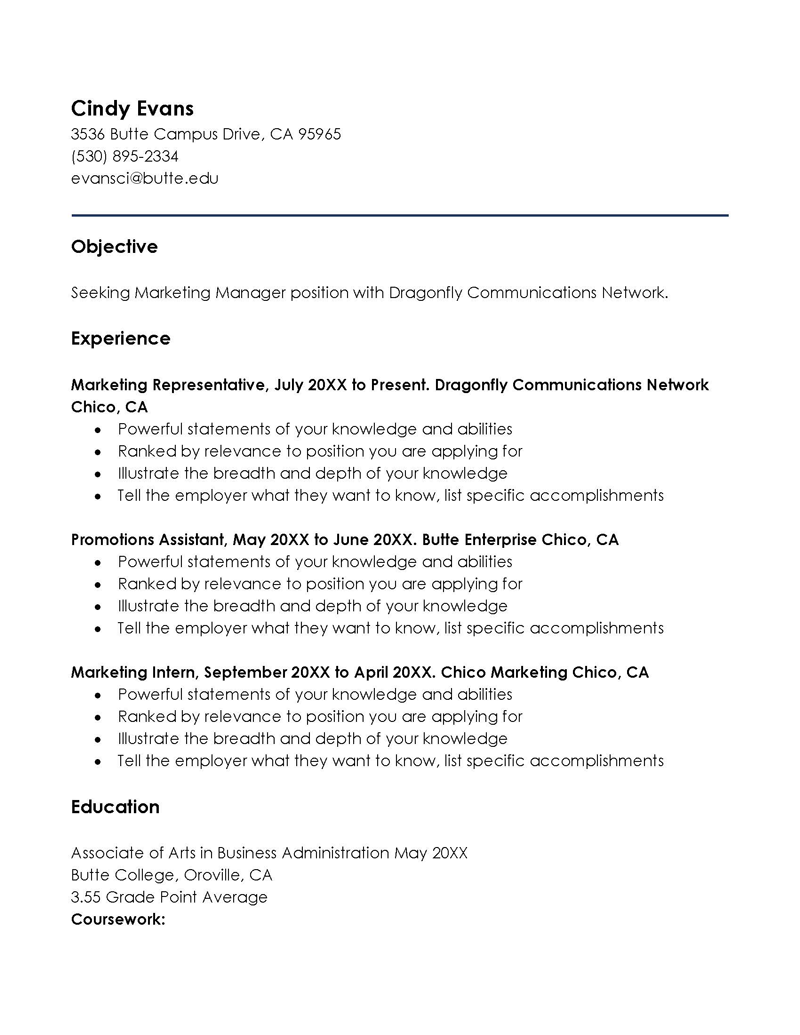
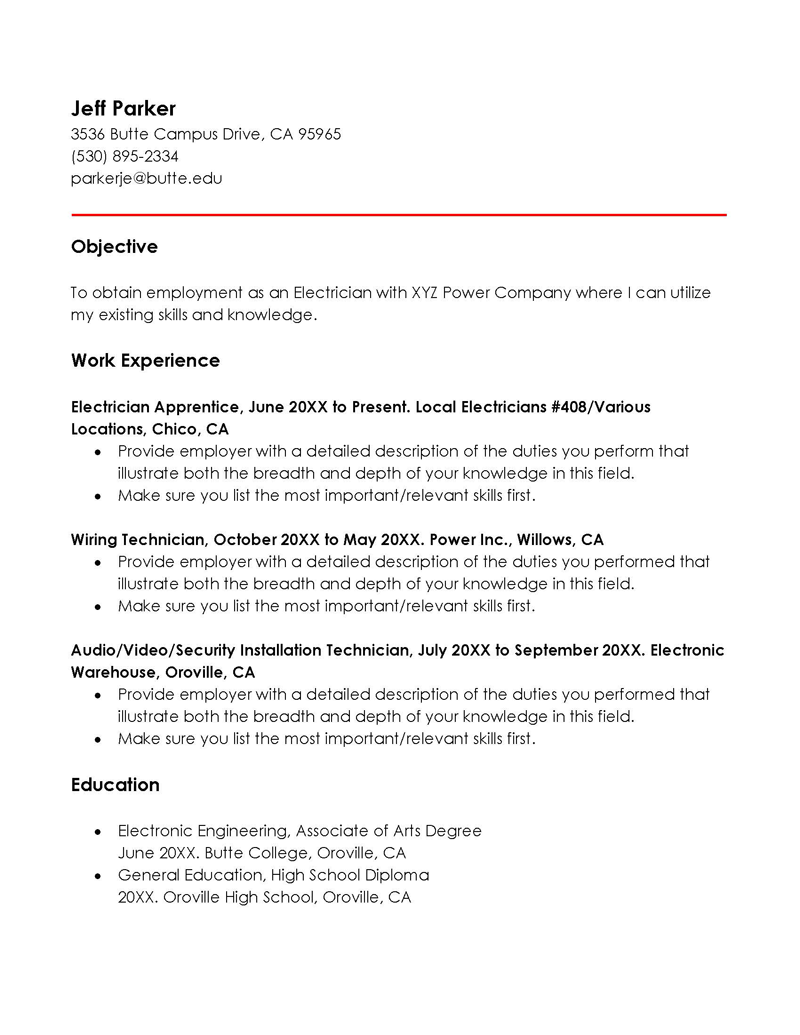


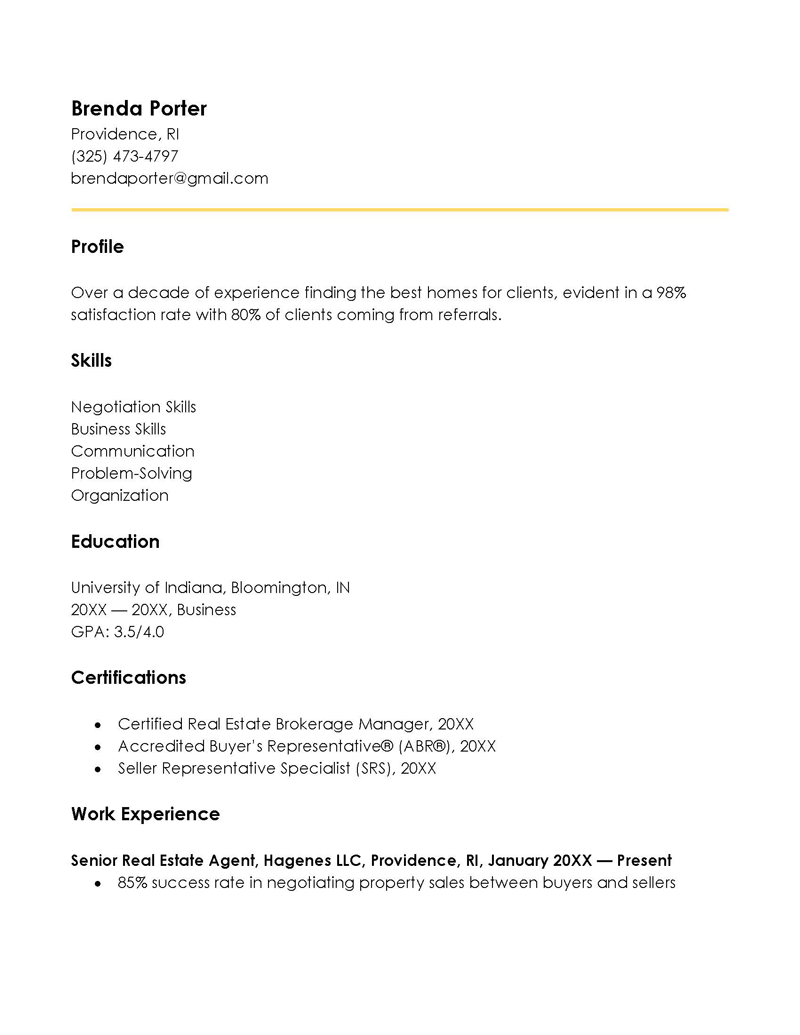
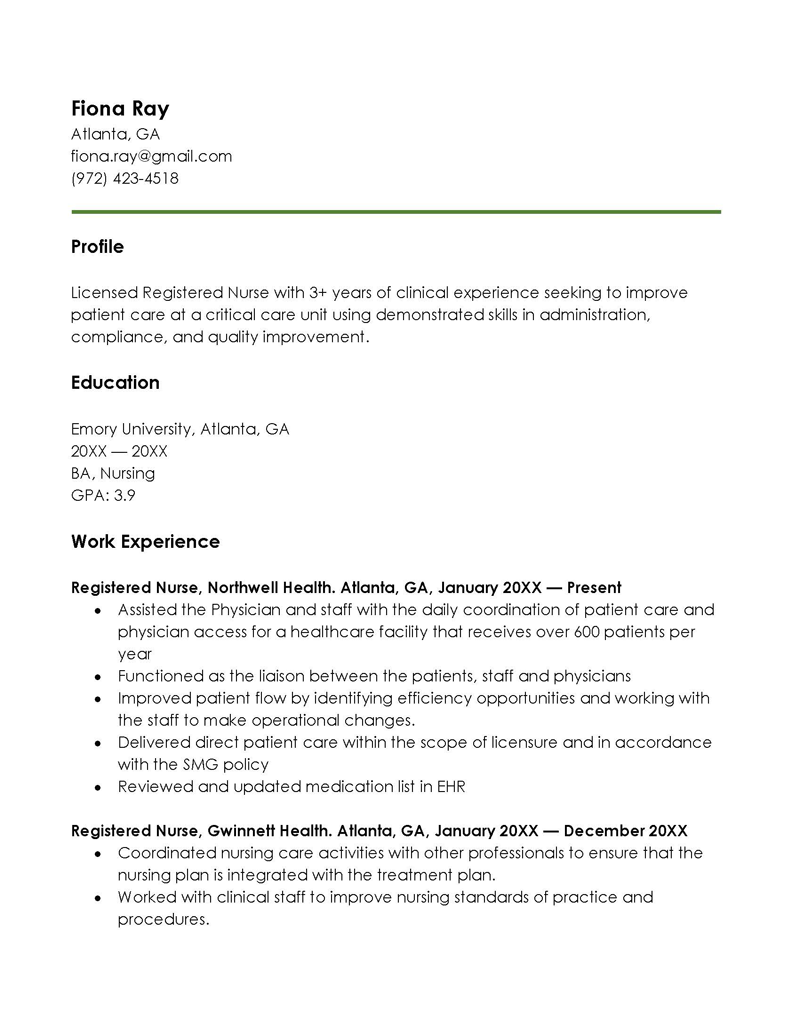
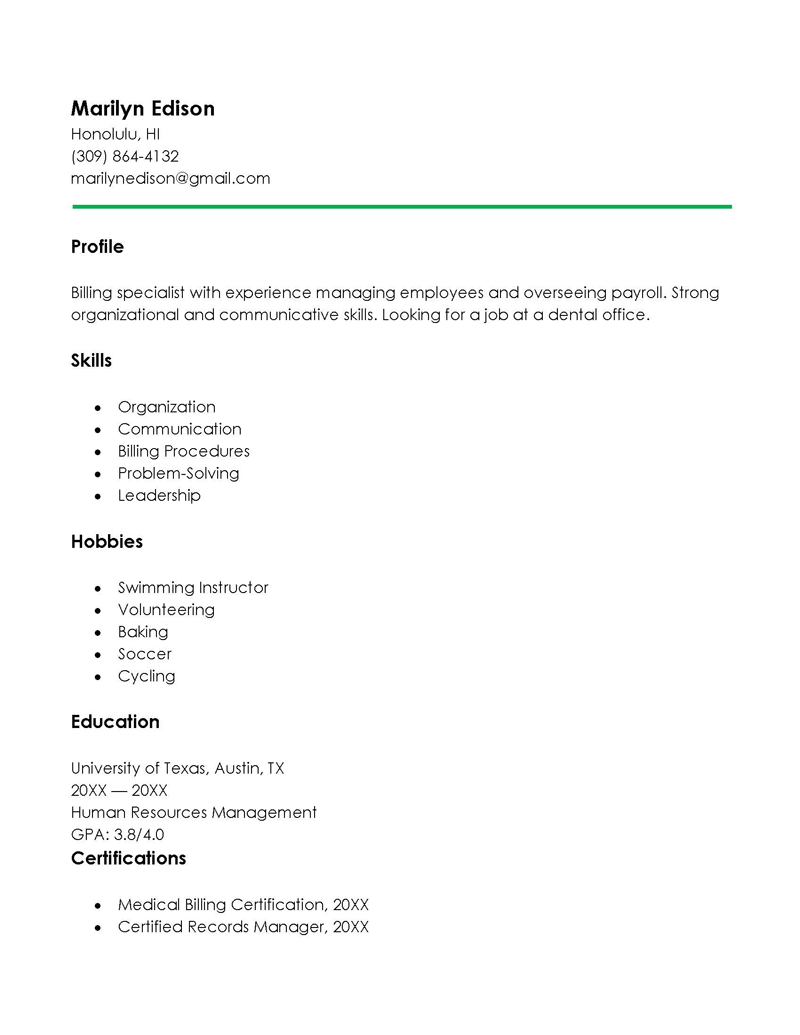
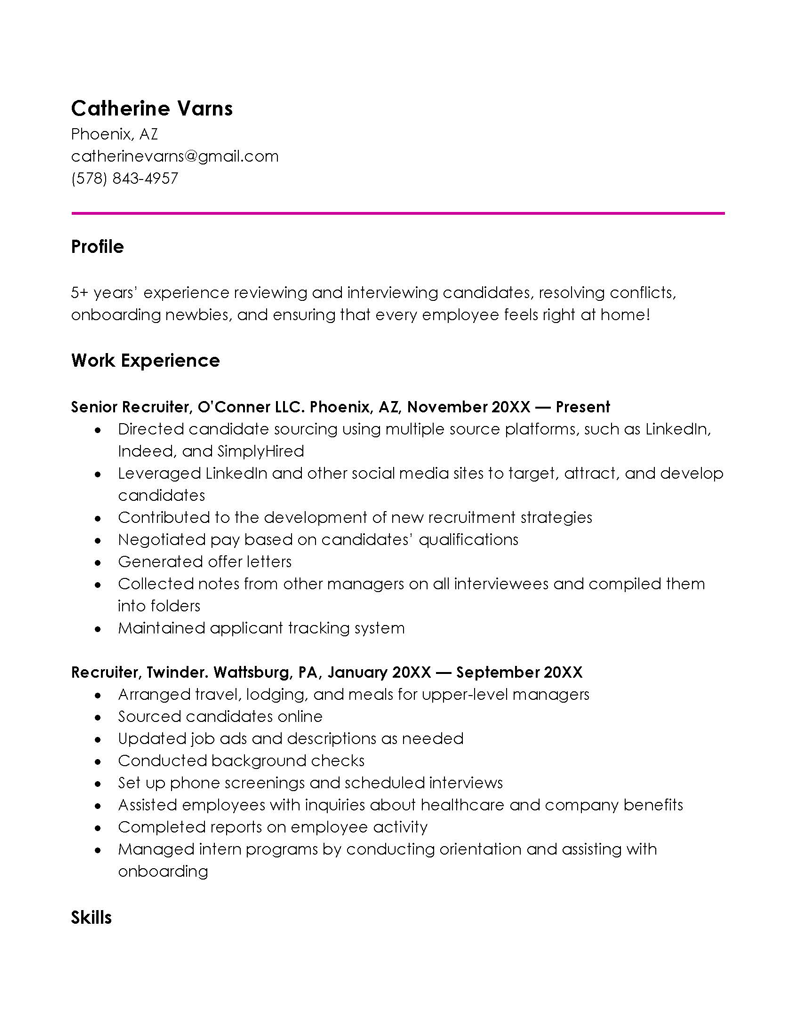
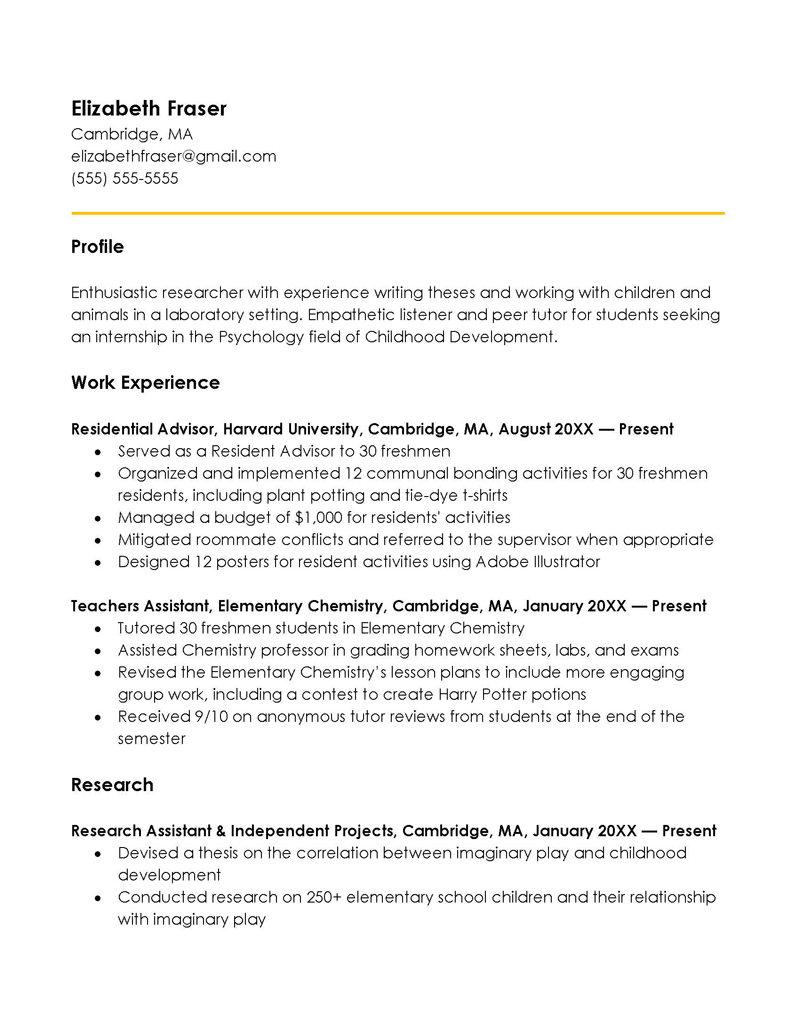

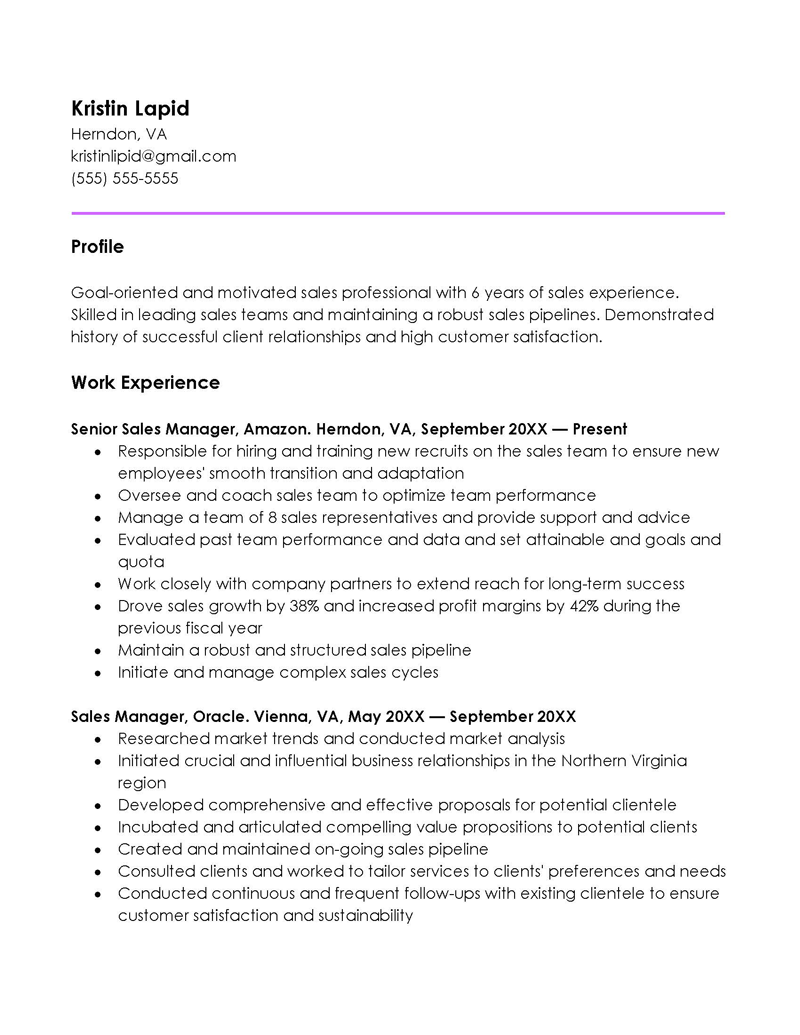
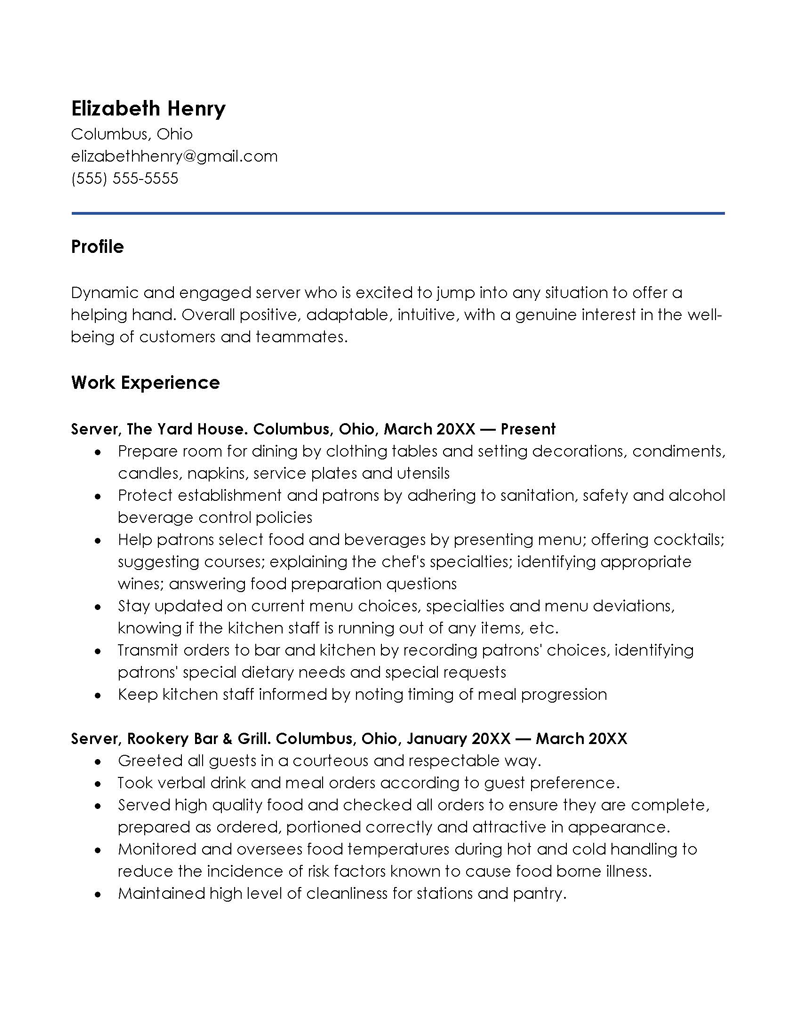
Pros and Cons of Using a Reverse Chronological Format Pros
Even though the reverse chronological resume format offers many benefits, this option has some downsides. Learning when to avoid using this option and when it will get the desired results is essential.
Here is what you need to know:
Pros
The pros include:
Provides a straightforward narrative of your career
This is one of the main benefits of using a reverse chronological format. By listing your work experience in reverse chronological order (i.e., starting with your most recent job and working backward), you create a clear and easy-to-follow narrative of your career progression over time. This can be particularly useful for employers who are looking for candidates with a specific level of experience or who want to see how your skills and responsibilities have evolved.
Conforms to expectations
Recruiters expect to see this kind of resume format, and they know what to look for and where to look. But, at the same time, it is a great option when applying to large organizations that use automated tracking systems for job applications or standardized application forms.
Emphasizes well-known companies
This resume format highlights the companies you worked for in the past. If you have worked for some of the most-established brands, this format can prevent that from going unnoticed by recruiters.
Cons
The cons include:
Shows the gaps in your work history
The reverse chronological format instantly shows if you have not worked for a year or two. In other words, recruiters can see that you have gaps in your career, which might be concerning for them. Also, it highlights the duration of employment at each job, making it easy for the employer to see how long you worked at each position. If you have had many short-term jobs, it may raise questions about your stability and job commitment.
Not suitable if you are switching careers
A chronological resume typically emphasizes your most recent work experience, which can be a disadvantage if you have not worked in a particular field for an extended period.
EXAMPLE
If you have marketing experience but your most recent marketing job was seven years ago, recruiters might not notice this on your resume or might not consider it relevant. This could potentially weaken your chances of being considered for a job in that field.
Not perfect for entry-level candidates
These kinds of resumes are designed to highlight your prior experience, but people who are new to the job market do not have any work experience, and as such, this format is not useful for them.
Conclusion
Since a reverse chronological resume is the most common format, having one ready is always a good idea. In addition, chances are high that your next job application will require this kind of resume.
At the same time, it is important to keep your resume updated and incorporate any recent awards or achievements.
Hopefully, this post has helped you understand how to create an effective document. Make sure to download our template so that you can easily create a perfect resume.








